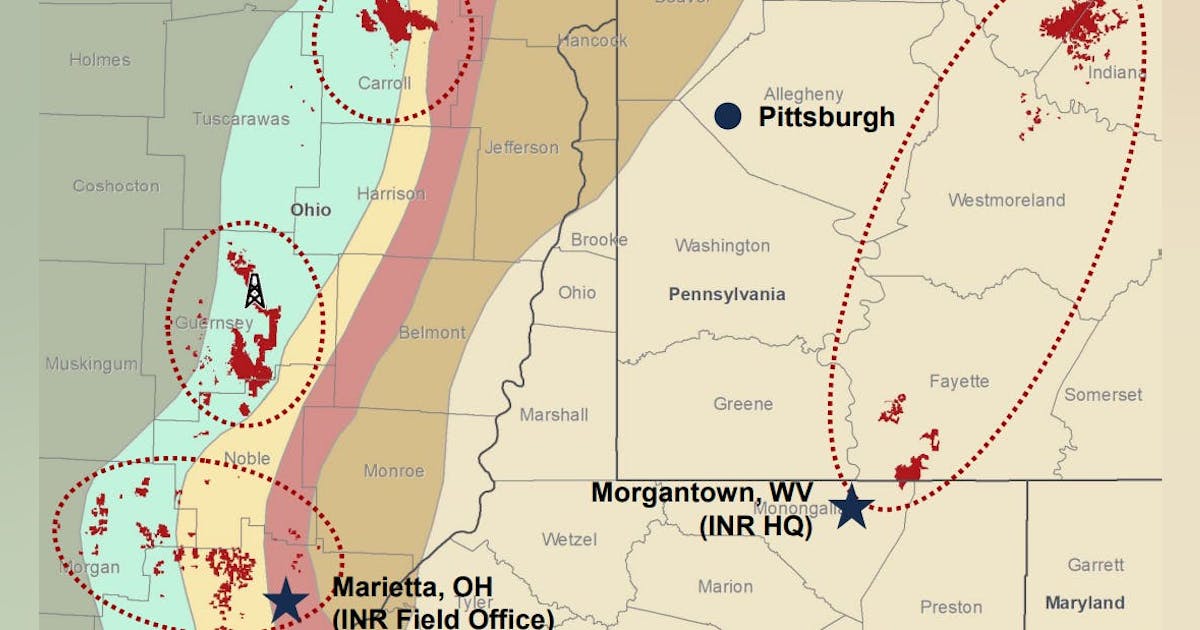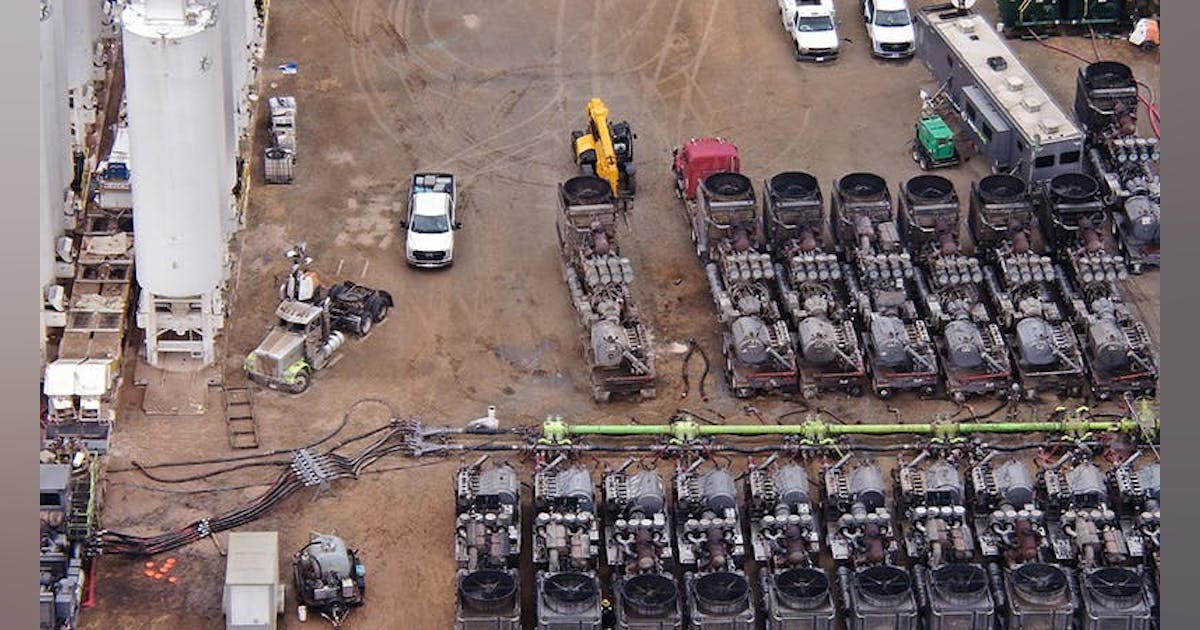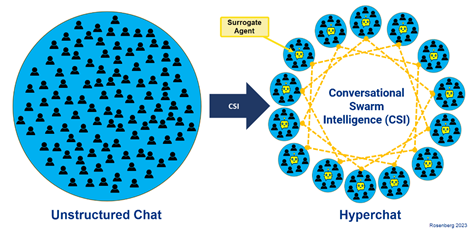
As utilities work to support affordability, clean energy and resiliency goals, one load stands apart: electric vehicles.
EVs aren’t just incremental load growth. They are a fundamentally unique type of load, arriving quickly. Tens of millions more EVs will plug into the grid by 2030. Most are being connected by customers without grid coordination, creating large, unmanaged loads across the grid.
Unlike HVAC systems or water heaters, EVs don’t follow predictable patterns. Drivers plug in at different times in different locations. A single vehicle can double or triple a household’s demand. Distribution systems weren’t built for this type of strain. But with the right foundation, EVs can become flexible grid assets that support, rather than constrain, distribution operations.
Electric vehicles, a load that stresses the distribution system
Circuits and transformers were designed for steady, predictable growth, not for fast-growing and sudden load spikes. Even at low levels of system-wide EV adoption, just a few clustered EVs on a street charging at the same time are overloading transformers, forcing distribution planners to implement early replacements. Both models and real world data continue to show that unmanaged EV charging can significantly accelerate infrastructure overloads and upgrade needs.
EV impacts on local infrastructure rarely coincide with system peaks. They occur at different times, often at night, and in disparate places across the grid, creating bottom-up stress that conventional planning and bulk system-level demand management tools don’t address
Other loads are also adding pressure. Data centers, heat pumps and electrified buildings are increasing the need for capacity. Meanwhile, infrastructure costs and construction timelines have increased by as much as 4-9x in recent years. Utilities need smarter tools to manage this complexity affordably and reliably—and quickly.
Why traditional load-shifting tools aren’t enough
Utilities have used demand response and time-of-use rates to manage peak load for decades. These approaches are helpful at the bulk system level, but they don’t address where the grid is feeling the most pressure from EVs: downstream feeders and transformers.
EV-focused load shifting needs to work differently, continuously responding to local limits on feeders and transformers, not just bulk system needs.
And while DERs and virtual power plants are increasingly useful, they’re not a replacement for infrastructure. They’re a complement. Utilities still need to invest in steel, copper and concrete—but with smarter timing and better data and controls.
Distribution integrated smart charging orchestration (DISCO): A smarter way to manage EV growth
To manage EV growth effectively, utilities need visibility and control where it matters most: in downstream distribution infrastructure. DISCO software provides a way to align charging with existing grid capacity, without waiting on infrastructure upgrades. These tools help utilities:
- Forecast where EV adoption is likely to create overload risk
- Autonomously orchestrate charging to reduce stress on specific feeders and transformers
- Defer or phase capital projects more efficiently, reducing cost and rate impacts
- Enable seamless customer participation so that charging aligns with grid capacity without extra effort or expense for drivers
This kind of orchestration extends asset life, improves reliability and supports affordability, while requiring minimal effort from customers. And it’s happening already.
The foundation matters
Utilities need a strong digital foundation for vehicle-grid integration. The foundation must be:
- Direct and authorized, using OEM partnerships and secure integrations—no screen scraping
- Customer-friendly, requiring minimal behavioral change
- Scalable and affordable, growing with EV adoption
- Reliable and responsive, using cybersecure, high-quality data and grid-standard controls
Without these characteristics, managed charging becomes harder to operate and scale. It also becomes less effective in avoiding grid upgrades.
Software buys time to build the distribution system right
Infrastructure will still be needed, but software helps utilities make better decisions by identifying where and when to build based on actual risk and value.
When utilities identify stress points early and shift load accordingly, they can extend asset lifespans. In doing so, they defer upgrades, preserve capital and alleviate pressure on rates.
This isn’t just about CapEx or OpEx. It’s about preserving flexibility. Software gives planners more options and better timing, providing a stronger foundation to serve growing load.
Practical steps for planning and programs
EVs will not be manageable with yesterday’s planning and grid management tools.
As utilities and regulators prepare for rate cases and grid modernization filings, they should ask:
- Where is EV load growing most rapidly?
- How can we shift charging in ways that help, not hurt, the grid?
- How can we ensure scalable customer program adoption while maintaining reliable distribution operations?
EV management systems (EVMS) can help utilities treat EVs as grid assets, working alongside DERMS or ADMS. With the right digital infrastructure, utilities can stay ahead of growing demand and make more informed and strategic investments.
EVs are different. It’s time to manage them differently.






















